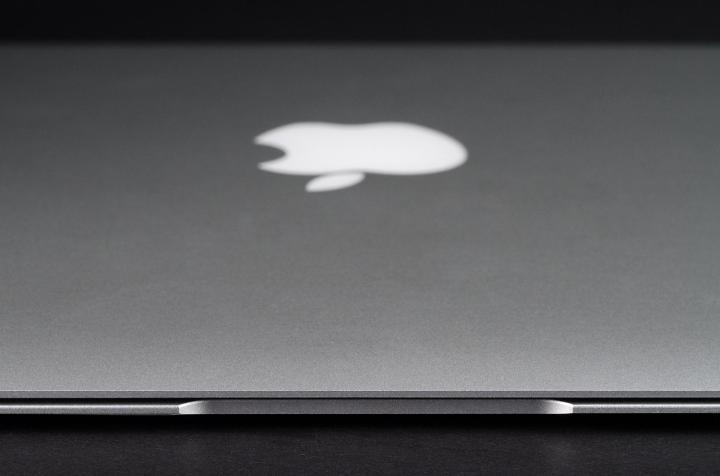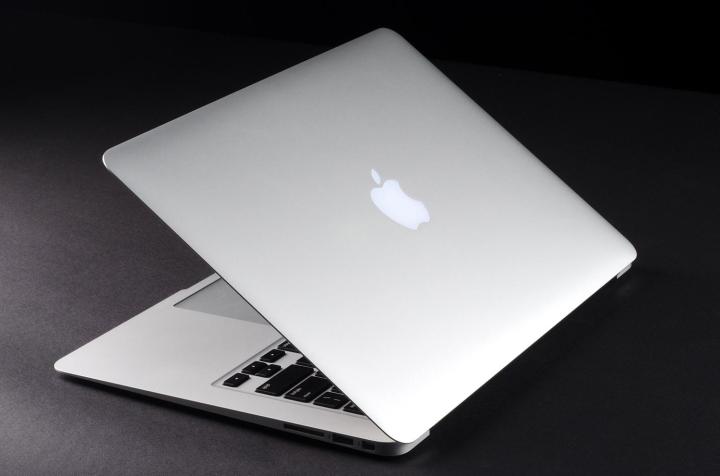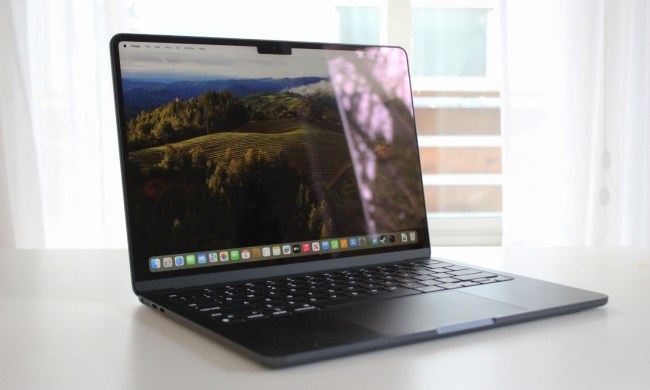
Apple’s latest MacBook Air refresh thoroughly underwhelmed many analysts. Speculation suggested that a new 12-inch model might replace both the 11-inch and 13-inch versions, and common sense made an upgrade to Retina resolution seem inevitable. Yet, the new units are just more of the same, albeit with slightly quicker processors, and a lower price tag. Has Apple become complacent, or is the company stalling for time ahead of a big new release?
What you get, for less
The “new” Airs, which were revealed on April 29, received a minor CPU clock speed bump of 100 MHz to both the base clock and Turbo Boost. Turbo Boost is the maximum speed that the processor can hit under optimal conditions. Outside of that though, they’re exactly the same as the 2013 models, which were merely updates of the 2012 version. In fact, the MacBook Air has gotten by with the same core design for almost four years, making it the oldest laptop currently sold.

As a consolation, Apple dropped the price tag for the MacBook Air by $100. The 11-incher is now only $899, while the 13-inch Air costs $999. This price cut is unusual, because it means that Apple now has not one, but two laptops available for less than $1,000. We can’t remember that ever being the case before. There have only been a few times in Apple’s history where the company has offered a $999 MacBook or iBook, but it has never simultaneously sold two models for less than a grand.
This only makes the now-cheaper MacBook Air even more mysterious. Apple is not a company that usually goes down-market, though it occasionally allows an older model to linger as a budget option, as it did with the original MacBook, and various generations of the iPad as well.
The fall from grace
Some have suggested that the MacBook Air hasn’t received a big update because it doesn’t need one. We disagree. The MacBook Air is behind the competition, even after the price drop. One look at a solid Ultrabook PC illustrates why.
The Dell XPS 13, one of our favorites, is an excellent alternative to the MacBook Air. Available for $1,049, the standard XPS 13 is only slightly more expensive than the discounted 13-inch MacBook Air. The system has a slightly slower processor, but a far superior 1080p display. It’s also compatible with 802.11ac and Bluetooth 4.0, just like the Air. The systems are tied when it comes to weight and thickness, and though we haven’t tested the new Air’s battery yet, both rigs are likely on par with each other when it comes to endurance as well. On balance, the XPS 13 is mostly the same (though, in our opinion, it looks better). However, for $50 more, it provides almost 40 extra pixels per inch, and superior image quality as well.
If you compare the MacBook Air to the HP Spectre 13t, the Lenovo ThinkPad X1 Carbon or the Acer Travelmate P645, this story repeats itself, albeit with a unique twist each time. These PC competitors are either more or less expensive than the Air, and slightly quicker or slower too, depending on which unit you’re talking about. However, all have a high-resolution display that easily trumps the MacBook Air’s antiquated 1366×768 (on the 11-inch) or 1440×900 (on the 13-inch) resolution. While the Air isn’t terrible, we don’t think it has an edge over most competing PCs.
In a way, this is praise for the Air’s original design. The laptop has been on the market for about four years, and it’s still an okay choice. Yet, it’s unusual for Apple to offer a merely average product for any length of time, and the system’s need for a significant refresh has been apparent for at least a year. With that in mind, there’s just not much sense in buying a $999 13-incher (or $899 11-incher) that lacks a 1080p screen.
Wither the Air?
The speculation about what a rumored 12-inch MacBook Air might look like is a good description of how the Air could again achieve revolutionary status. An ultra-thin Retina-equipped laptop is certainly not outside the realm of possibility, and could reshape what consumers think is modern in the consumer space. The current version of the Air is no longer particularly svelte; the 13-inch model weighs three pounds, and is nearly seven-tenths of an inch thick. These figures no longer impress.
On the other hand, such a theoretical laptop would be much slower than the current Air, and might have trouble packing in a battery large enough to provide endurance that’s on par with the current models. Price could be an issue too, as a revised Air would probably have an MSRP that’s several hundred dollars north of $1,000. The MacBook Pro 13 with Retina, which now weighs less than three and a half pounds, and is a tad more than seven tenths of an inch thick, would no doubt look like a better buy to many consumers. Meanwhile, the iPad might cannibalize sales as well, appealing to people who desire even greater portability.

Tim Cook has said in the past that Apple does not fear cannibalization. However, the company also has a history of quickly discontinuing products that no longer serve a purpose. That’s because, when Apple does make such decisions, there already are other products available that are more attractive or better serve the same role as the discontinued device. Each year the Air goes without a major redesign lends credence to the idea that Apple doesn’t have a place for it in the future.
Conclusion
Guessing what Apple might do next is always difficult. The company plays its cards close to its chest, and almost never reveals a product before a big announcement. There’s always the possibility that Apple intends to reveal a new Air later this year or early in 2015, and it settled on a minor revision only because the next model is not ready yet.
With that said, the company’s current lineup suggests that the MacBook Air is on its way out. Apple hasn’t released an all-new MacBook Pro in two years, so it’s very likely that one will arrive sometime in 2014 or early 2015. A thinner, lighter Pro would leave the Air without a purpose.
Whatever its fate, we hope that Apple decides what it will do with the MacBook Air soon. The company has always promised that its products offer an experience that are without compromise, but the current MacBook Air is a system whose biggest appeal lies in its value, as opposed to its strength.










